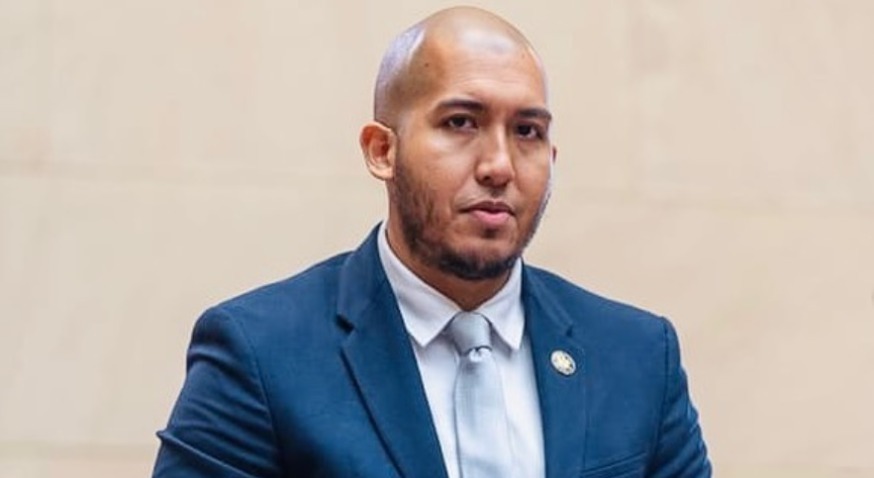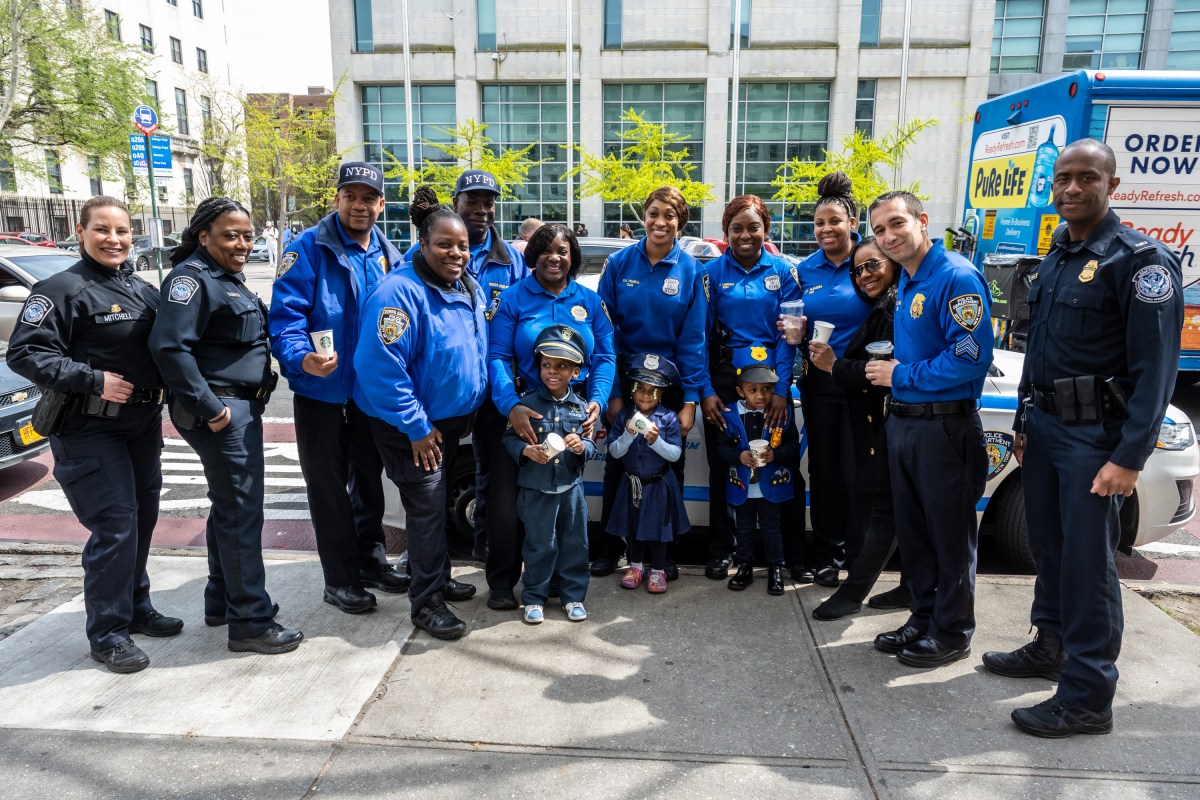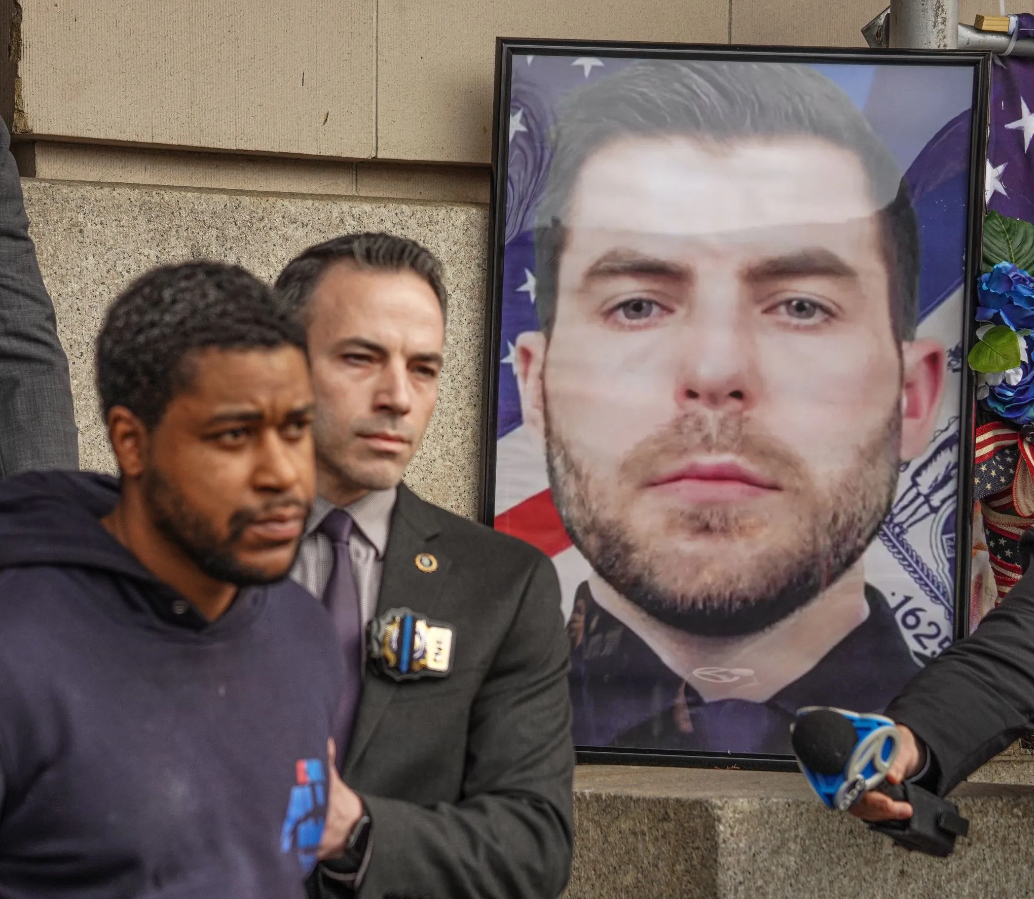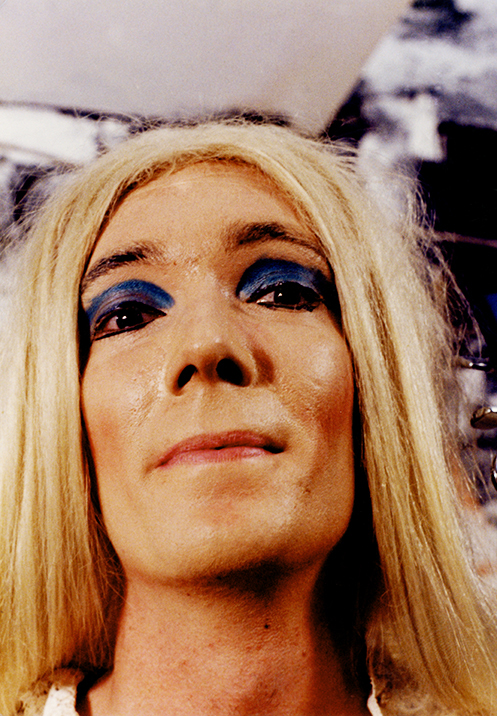
BY CLAYTON PATTERSON | In looking back, I am amazed that my first conceptual contact with Brian Butterick was when I was a child. Whose family did not have one of the Butterick sewing-pattern envelopes for the homemaker dressmaker? It makes me wonder what influence those little pattern packages had on Brian, the drag impresario and drag player.
Brian a.k.a. Hattie Hathaway was many things. He was tall, between 6 foot 3 inches to 6 foot 5 inches, people guess. He was a driving force helping to build the incubator, the culturally influencing creative force that grew out of the Pyramid Club.
The Pyramid Club, at 101 Avenue A, opened in 1979. Brian helped keep alive the spirits from the building’s past. It was always a dive bar. It had been a Prohibition-era speakeasy, then a Polish immigrant comfort drinking hole. In the ’70s it housed the Nuyorican Poet’s Cafe.
Brian managed the Pyramid from 1981 to ’86. He was a cultural warrior whose impact and influence has is still slightly understood. A warrior with the soft touch of a Zen master.
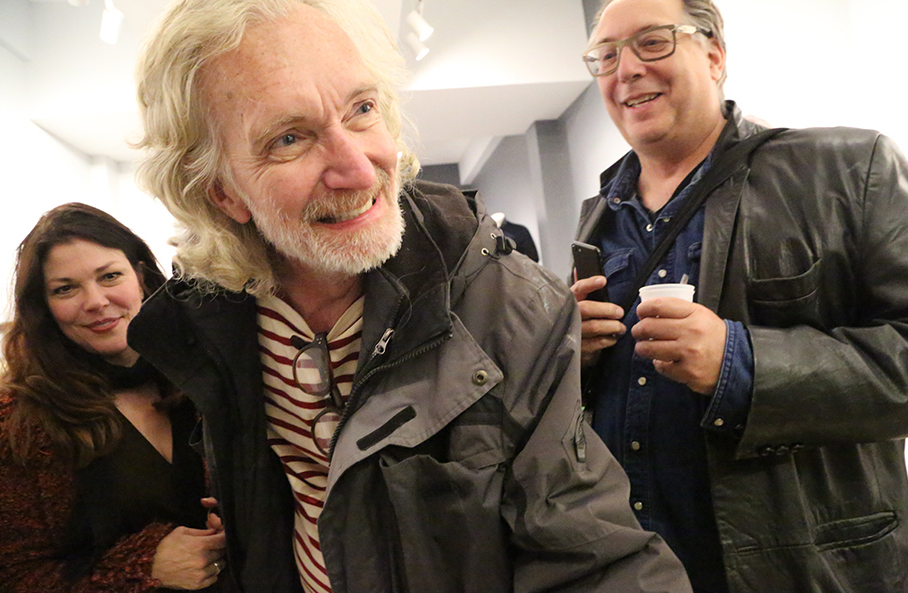
He was one of the wizards who could develop a following as diverse as the Lower East Side itself. The Pyramid’s overall flavor back then was gay. In this case, gay also means it was a lesbian hangout. The club’s patrons were mostly made up of the misfits, the black sheep, the outsiders. They crossed all ethnic and sexual borders: black, Hispanic, Asian, Caucasian — from Hells Angels and skinheads to the delicate nerd, the crossdressers and transsexuals, the bisexuals, the straights. You fit or you didn’t. But with all of this diversity, I do not remember any aggressive moments, award-winning fights, maybe a few hissy fits, but no knockouts.
In part because of Brian’s vibe, with his hands on the directional compass, I knew many of us outsiders had a safe port, free of all the typical ugly art-world vibes, the elitism, the selective attitudes of likes and dislikes, the cold shoulders that most cultural establishments carry. (And thanks to Jane Friedman for putting Brian on the board of the HOWL! Happening gallery later on, where he continued that spirit of inclusivity.)
The Pyramid, with its creative cast of characters, definitely had the potential to break out into “I am the all-ranking Queen.” Nope. No such takeover happened. Brian embraced rather than rejected.
As the manager he was a “yes man” in the nonconformist creative world he managed, in terms of his accepting nature. Yes, there were insiders, and another circle not as in, and the general circle outside of that. But, for the most part, any performer or act who applied, or anyone who wanted to participate, would have to have been pretty mainstream and conventional for Brian to say no to.
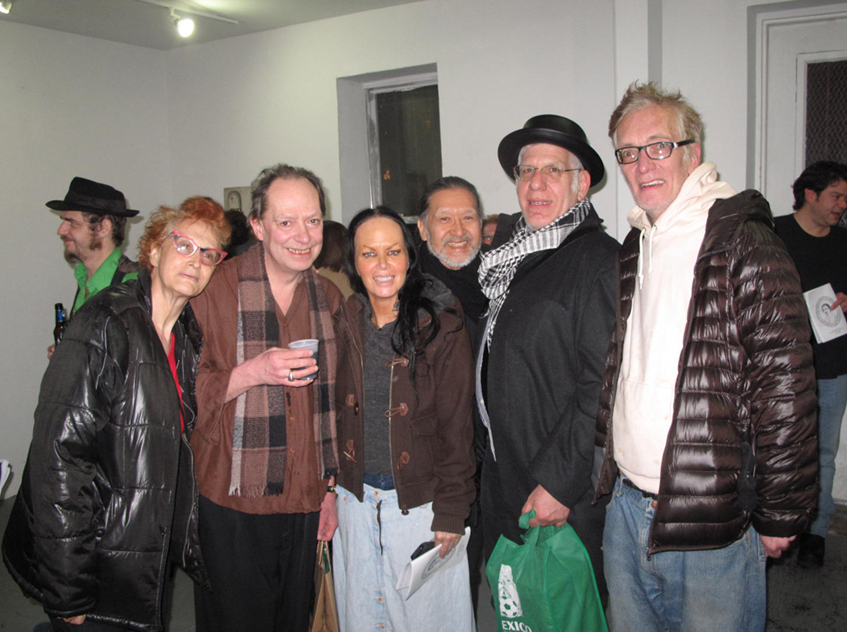
He did not rule by his taste. One of his magical touches was how he helped mentor acts trying to find their center or brought in other mentors. Like for drag act Ethyl Eichelberger, video artist Nelson Sullivan opened his world up to RuPaul, La Homa, Larry Tee and myself. There was Larry “Madame” Ray, the prima ballerina of the Trocadero Gloxinia Dance Company. Raybeez Barbieri (of Warzone) created hardcore events. Jimmy “Gestapo” Drescher (of Murphy’s Law) inspired many bands.
Look at a shortlist of performers who this magic helped nurture: John Kelly, Phoebe Legere, Steve Buscemi, Mark Boone, Jr., SUNPK (Peter Kwaloff), Stephe Tabboo Tashjian, Mark “Hapi Phace” Rizzo, Brian Belovitch, Perry “Peewee” Masco, Wendy Wild, John Sex, Susan Martin, Philly Abe, Kembra Pfahler, Samoa, Anne Magnuson, Mark Oates, Bill Rice, Dean Johnson, Kennon B Raines, Eddy “Red Ed” now Carol Ann Braddock, Cynthia Carr, Gerard “Mr. Fashion” Little, Michael London Berube, Kathleen “Beme Seed” Lynch, Dee Finley, David Wojnarowicz, Maze, Rosy, Apocolyn, Sister Ectoplasm. Then there were all the bands and DJs, which I do not have space to mention. The Tattoo Society of New York met there.
Then there was the opportunity Brian gave to John “Lypsinka” Epperson, a regular drag performer, to direct his “Tweed Production Ballet of the Dolls” in 1985 and “Dial M for Model” in 1986. Lesbian radical WOW performer Holly Hughes did her play “The Well of Horniness” there.
The drag was not your traditional “famous woman” impersonator. Often the characters were completely invented. And there were drag kings. Much of the drag was based on the term Kembra Pfahler invented, “Avalabism,” using whatever was available, even if it was from garbage picking (a tradition on the LES).
It was in the bowels of the Pyramid that a small group of players, including Brian, Tabboo and Lady Bunny, came up with the concept of Wigstock, a show that gave Lady Bunny a career.
This is just a brief look at Brian’s influence in one club. It is time that this history started to be saved. If the building was built in 1876, and the Greenwich Village Society for Historic Preservation and others got the building landmark status in 2012, then shouldn’t people like Brian Butterick’s history be saved, too?
Iris Rose, has a solid historical essay on the Pyramid that includes Brian. The Pyramid has several film references in “Captured, a Lower East Side Film Video History” (Seven Stories Press). MoMA’s collection of my videos includes the Pyramid. The Nelson Sullivan archive at the N.Y.U. Fales Library has rare Pyramid videos.
My archive, which I am organizing for public viewing, has photos, videos and ephemera from this period. Brian is also a New York ACKER Award recipient.
If we do not save our own history, then who will? In memory of Brian Butterick, a.k.a. Hattie Hathaway, 1956 – 2019, R.I.P. I remember and thank you for all that you contributed to my life’s journey.










